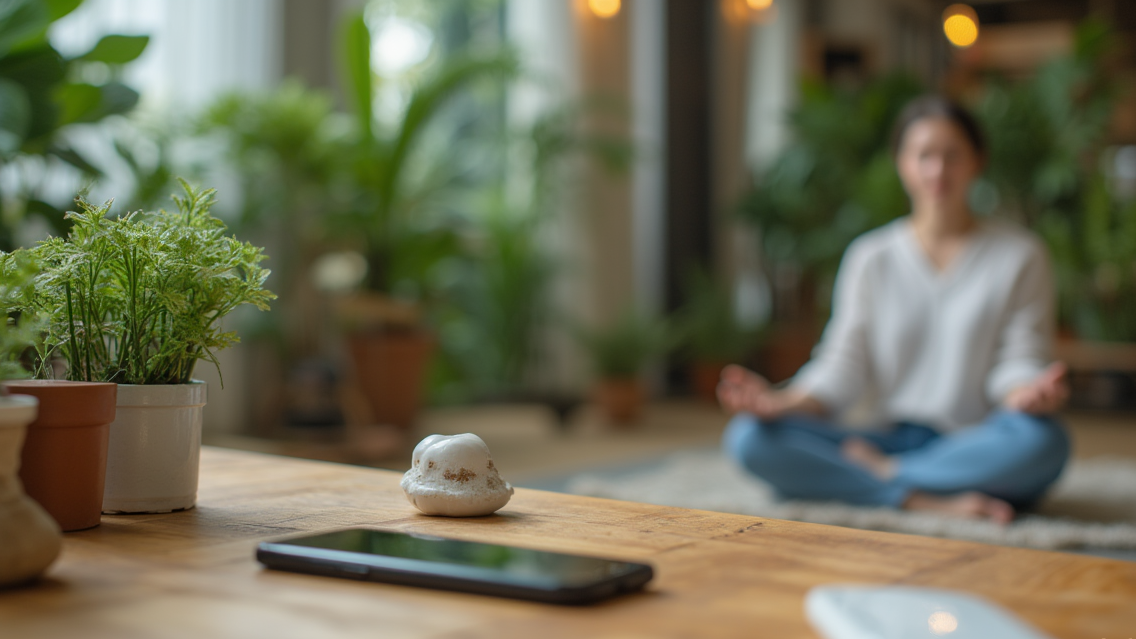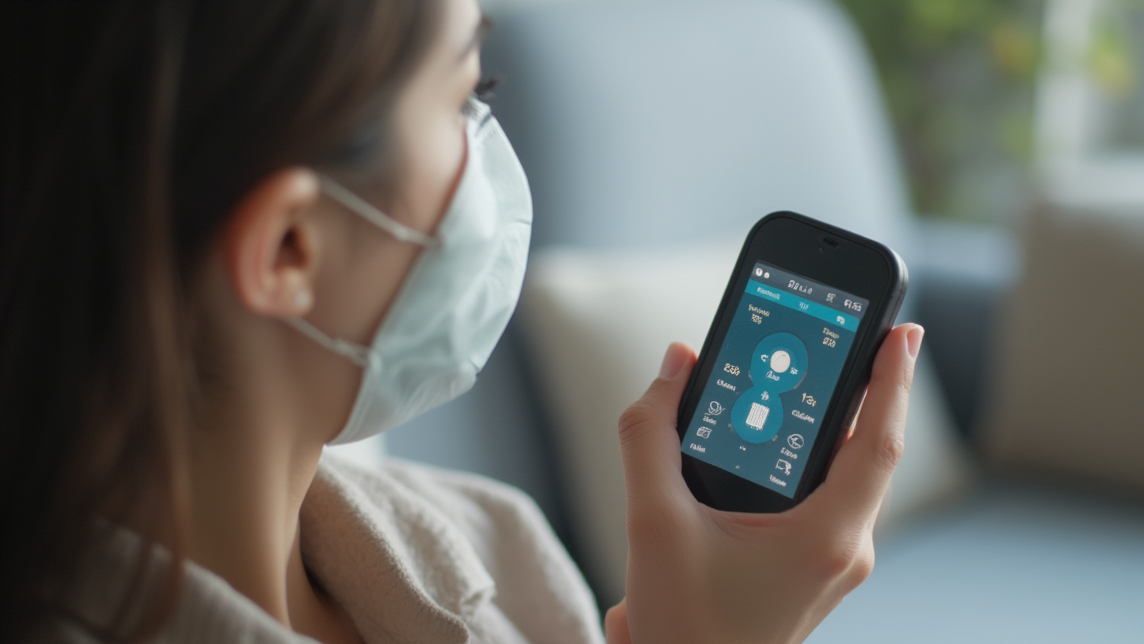In a world saturated with endless notifications, constant scrolling, and digital noise, more people are hitting pause. Welcome to 2025, where digital detox and the slow tech movement are no longer fringe ideas but mainstream necessities. From creating tech-free zones at home to booking digital detox retreats, individuals are redefining their relationship with technology — and rediscovering real-world joy along the way.
A digital detox refers to a period of intentional disconnection from electronic devices like smartphones, computers, and tablets. Whether it’s a few hours a day or a full weekend retreat, the goal is simple:
- Reduce screen time
- Minimize mental clutter
- Reconnect with offline life
Surveys show that more than 60% of young adults now actively schedule regular breaks from their devices to protect their mental health.
“Slow tech” is not about rejecting technology altogether. Instead, it promotes mindful, purposeful use of digital tools. Key principles include:
- Choosing apps and devices that prioritize well-being over engagement.
- Designing “no-device zones” at home (like bedrooms and dining areas).
- Using minimalist tech — gadgets designed to enhance life without demanding constant attention.
Examples of slow tech include distraction-free e-readers, calm-focused apps like Forest or Daylio, and simplified smartphones that encourage healthier habits.
Where the Trend Is Taking Off
- Digital Detox Retreats: Wellness resorts now offer “no phone” vacations with nature therapy, meditation, and creative workshops.
- Workplace Policies: Some companies are adopting “tech-free hours” to boost productivity and employee well-being.
- Family Tech Boundaries: More households are setting daily screen time limits and organizing “offline weekends” to reconnect as a family.
- Apps That Help You Disconnect: Ironically, a wave of “calm tech” apps is helping users monitor and control their tech use more mindfully.
Benefits of Embracing Digital Detox and Slow Tech
- Improved focus and cognitive function
- Better sleep quality
- Stronger personal relationships
- Reduced anxiety and stress
- More creative thinking and problem solving
Digital detoxing and slow tech living aren’t about abandoning modern life; they’re about reclaiming balance. As we move deeper into 2025, learning how to manage our digital lives intentionally is becoming one of the most important forms of self-care.
Whether it’s through small daily changes or immersive offline experiences, stepping back from screens is helping people everywhere live more fully — one unplugged moment at a time.






Digital detox sounds like a great idea, but is it really practical in today’s world? I’ve tried unplugging for a few hours, but the fear of missing out always creeps in. The concept of “slow tech” is intriguing, though—it’s not about ditching technology but using it more mindfully. I wonder how people manage to stick to these principles without feeling isolated or left behind. Do you think it’s possible to find a balance without completely disconnecting? I’d love to hear your thoughts on how you’ve made it work in your own life. What’s your biggest challenge when it comes to digital detox?
Balance is possible—try “slow tech” habits like scheduled screen-free hours, notification pruning, or analog hobbies. FOMO fades when you realize the mental clarity gained. My biggest challenge? Work demands, but even small breaks (e.g., 20-min walks sans phone) help. Tech is a tool; intentional use, not total rejection, is the key.